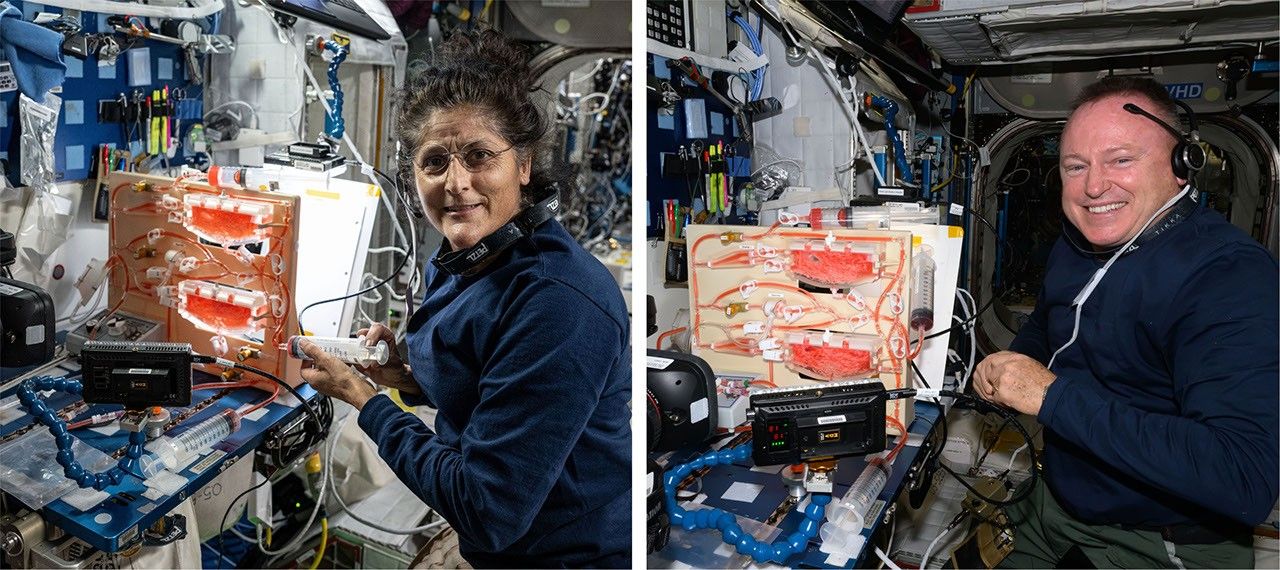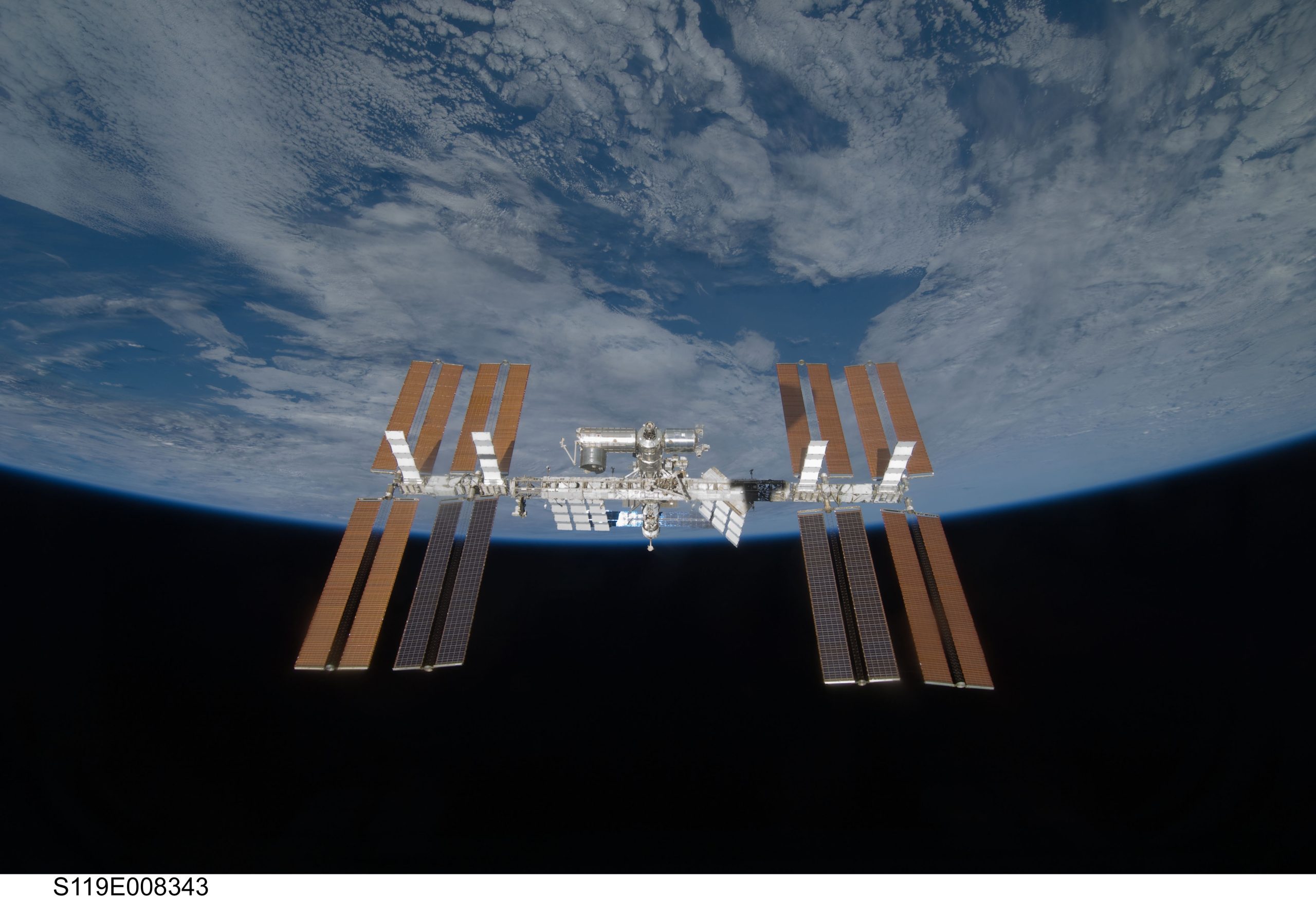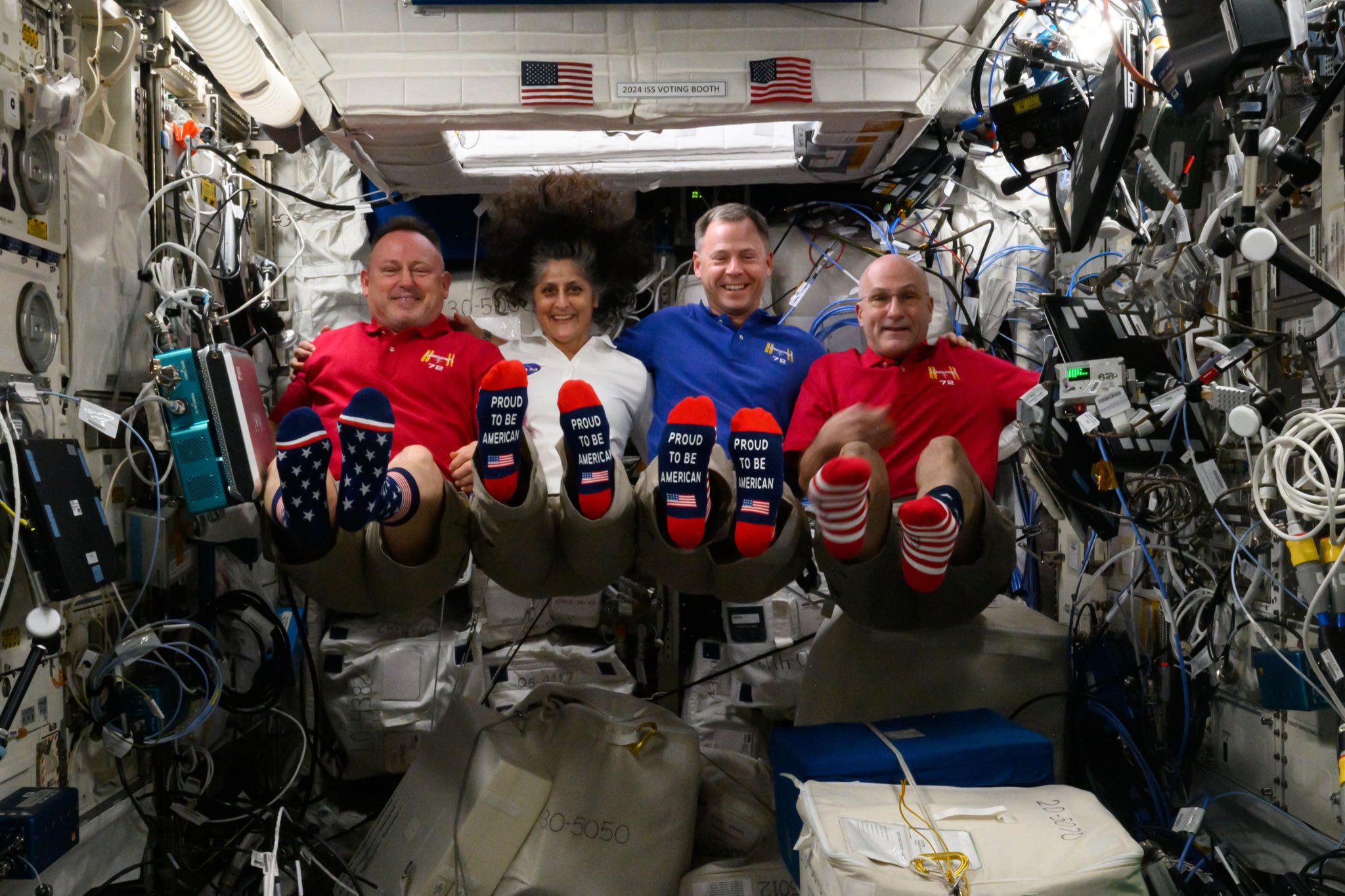Now Reading: Revolutionizing Space: Innovative Plumbing Powers Plant Growth
-
01
Revolutionizing Space: Innovative Plumbing Powers Plant Growth
Revolutionizing Space: Innovative Plumbing Powers Plant Growth

Speedy Summary
- NASA is conducting Plant Water Management (PWM) experiments aboard the international Space Station to develop advanced “no-moving-parts” plant watering methods in microgravity.
- Microgravity presents major challenges for watering plants, such as rogue bubbles, unstable liquid jets, and lack of gravity-based fluid separation.
- PWM hardware includes variable-speed pumps, tubing harnesses, valves, syringes, and hydroponic channels. Most equipment is 3D printed using flight-certified materials and assembled by astronauts onboard the station.
- Recent technologies (PWM-5 and -6) have successfully demonstrated hydroponic processes wiht passive gas-liquid separation that mimics gravity’s effects via surface tension and system geometry.
- Experiments involve testing bubble separation methods, flow rates for liquids/gases in serial or parallel configurations, fill levels, plant root types/models, system operations under perturbations like shutdown/startup phases.
- Quantitative results show effective aeration management systems where bubble traps achieve 100% passive phase-separation in liquid flows. the hardware offers reliable solutions tailored to low-gravity environments.
- A remaining challenge lies in understanding how live growing plants interact with these systems.
Project Lead: Dr. Mark Weislogel from IRPI LLC
Sponsoring Institution: NASA’s Biological and Physical Sciences Division
Indian Opinion Analysis
NASA’s work on microgravity plant-watering technology demonstrates a critical advancement towards lasting living conditions for long-term space exploration. While this research might seem distant from India’s immediate interests or priorities as a developing nation with terrestrial agricultural concerns of its own-technological innovation often has wider implications than its initial purpose.
India has ambitions in space exploration showcased by missions like Chandrayaan or upcoming Gaganyaan: self-sustaining food production could prove essential as Indian engineers begin broaching extraterrestrial human missions later future decades findings indirectly add confidence .


























